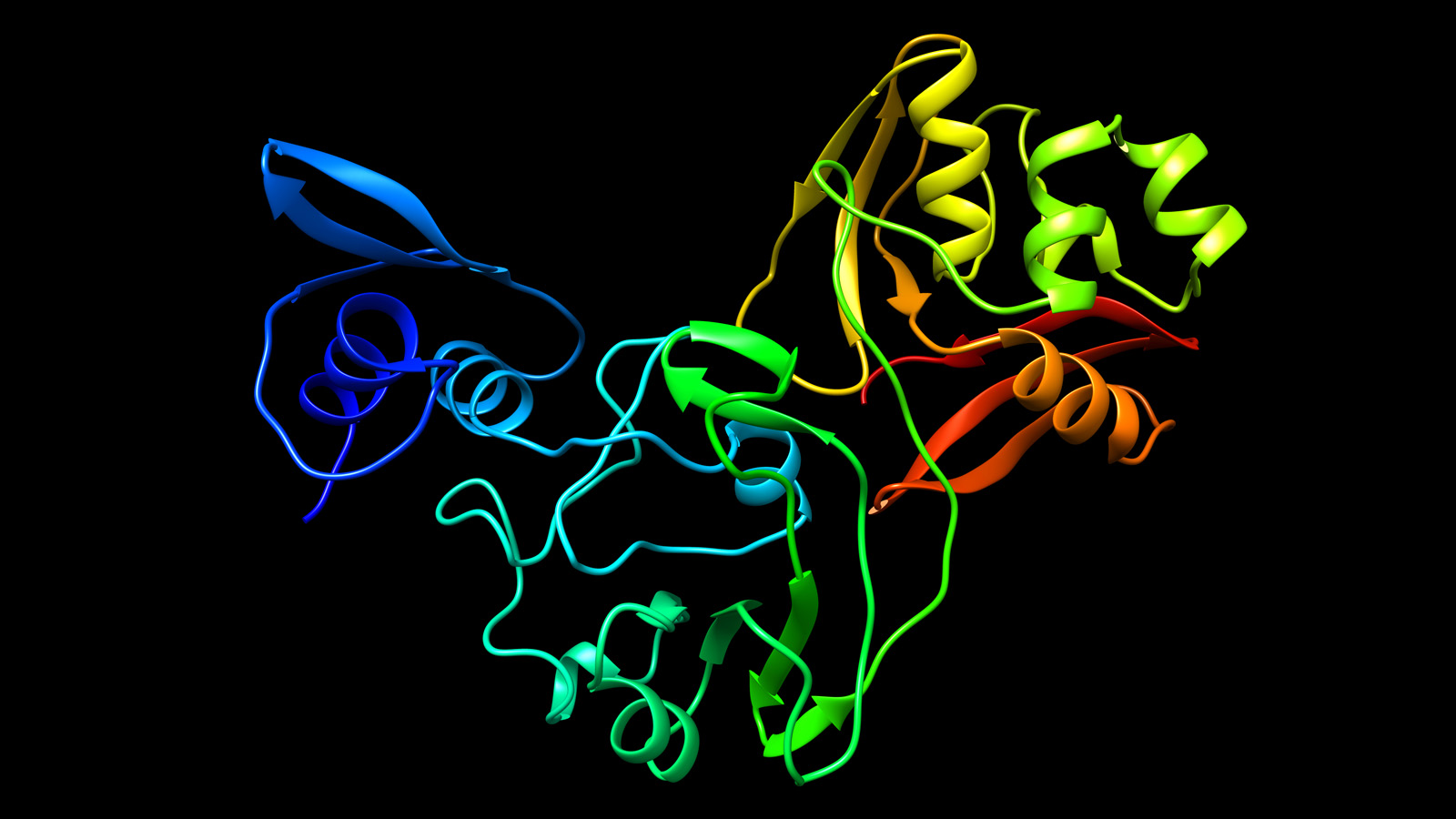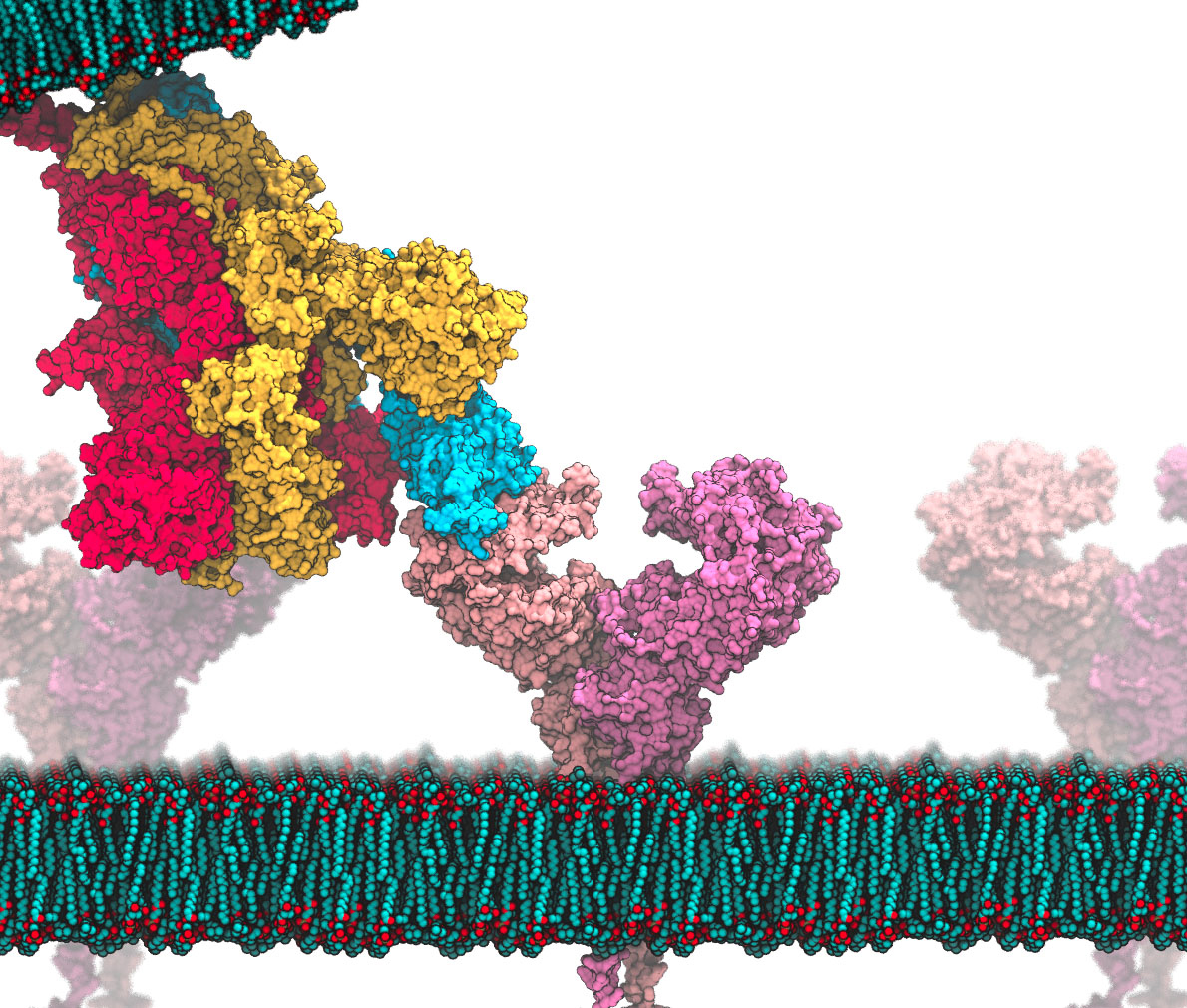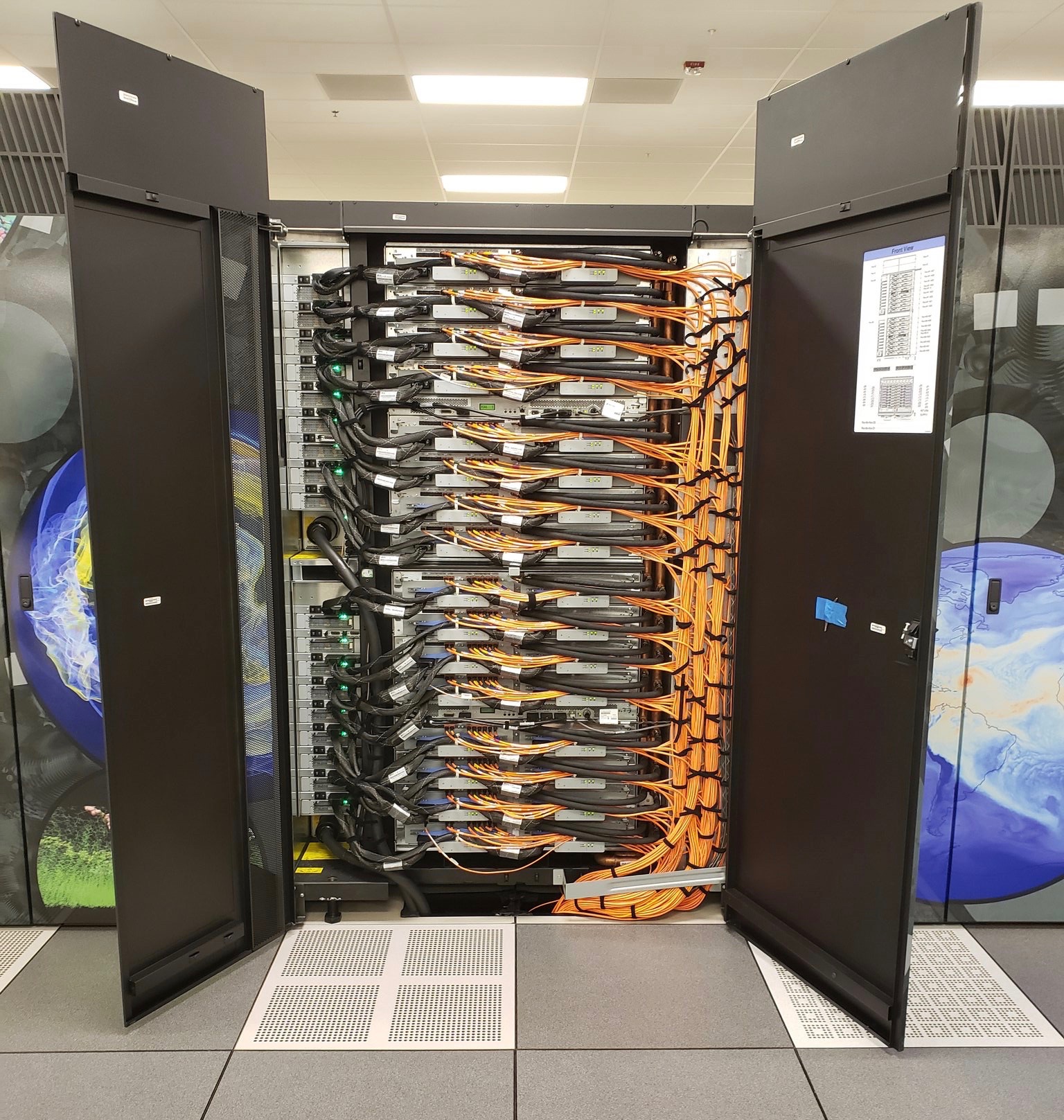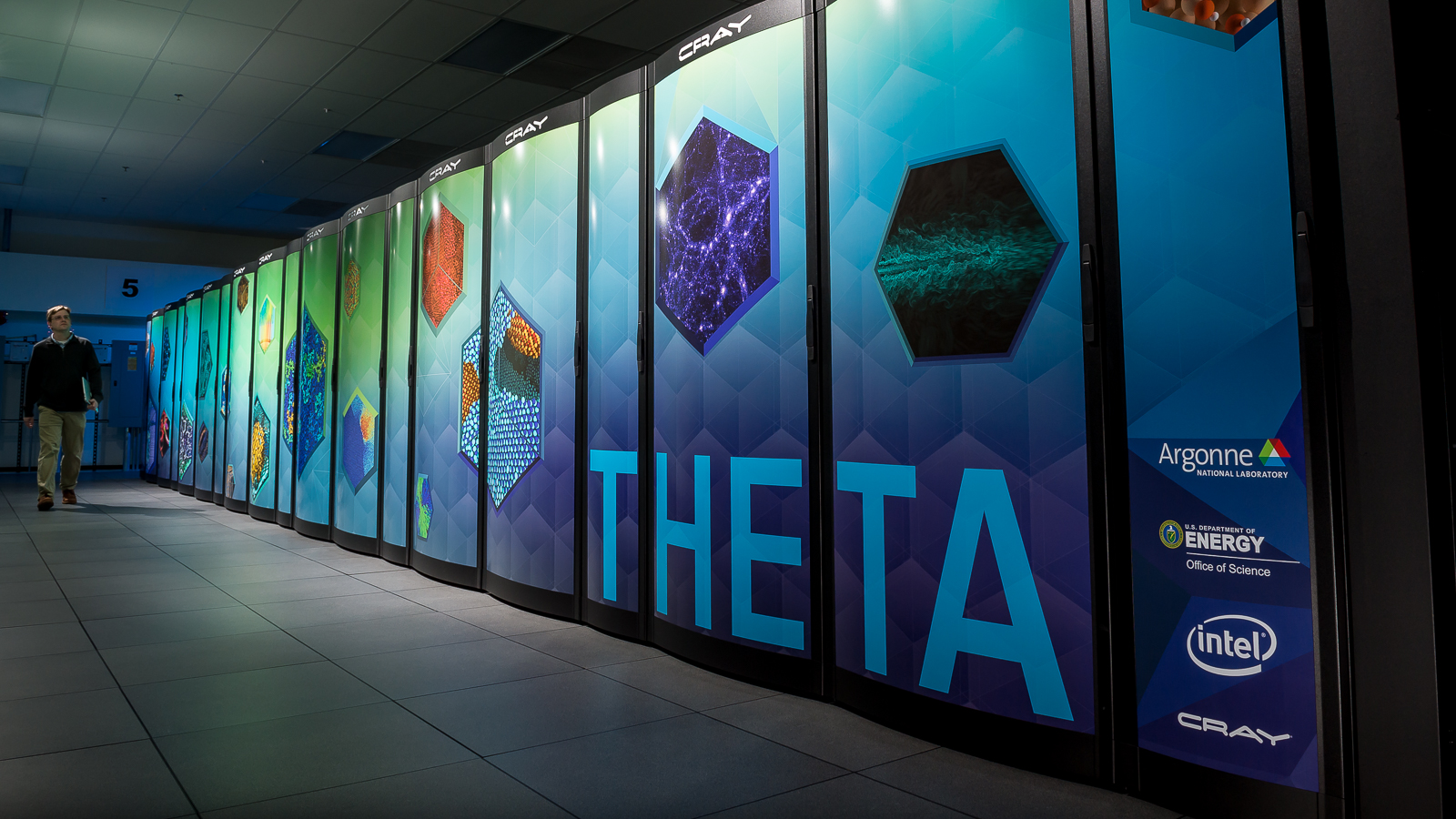As the coronavirus (COVID-19) disease continues to sweep across the world, scientists worldwide are working around the clock to address this international challenge. For its part, the U.S. Department of Energy (DOE)‘s Argonne National Laboratory is collaborating with laboratories and facilities across the globe to help stop the pandemic. By analyzing the virus for treatments and cures, charting and predicting its spread, and maintaining supply chains between communities (supply chains comprise all the different ways that individuals and communities access common items, from groceries to medication), Argonne is doing its part to save lives and protect U.S. prosperity and security.
One of the tools Argonne is using to learn more about the virus is the Advanced Photon Source (APS), a DOE Office of Science User Facility. The APS uses extremely bright X-rays to do many types of science, but these are not the same X-rays used at doctors’ offices to see inside your body. Instead the APS uses a huge particle accelerator, which speeds up parts of atoms (in this case, electrons), to make X-rays that are a million times brighter than the ones at the doctor’s office. This lets scientists see inside really tiny things and, in the case of the coronavirus, lets researchers see the tiny proteins that make up the virus.
The APS is using its state-of-the art X-ray beams to analyze the 28 individual proteins that make up the virus (no live viruses are studied at the APS). This process, called macromolecular X-ray crystallography, requires intensely powerful X-rays to work, and Argonne is fortunate to be one of the specialized sites with this technology. Using the data gathered when the X-rays illuminate the sample, scientists hope to create a special inhibitor molecule that will sit in the nooks and crannies of one or more of the proteins that make up the virus and hopefully stop the virus from causing harm.
Robert Fischetti, Argonne’s Life Sciences Advisor to the APS Director, compared finding the right inhibitor molecule for a protein to discovering a perfectly sized and shaped Lego brick that would snap perfectly into place. “These proteins are like big sticky balls — we call them globular proteins,” he said. “But they have pockets or crevices inside of them where inhibitors might bind.”
According to Fischetti, the extremely fast pace of collaborative science, with one common essential goal of stopping this virus is unlike anything else he has seen in his career. “Everything is just moving so incredibly fast, and there are so many moving pieces that it’s hard to keep up with it all,” he said.
Even so, Argonne and APS have made remarkable progress in studying the virus proteins. “This situation makes clear the importance of science in solving critical problems facing our world,” said APS Director Stephen Streiffer. “The collaboration between APS, our sister DOE facilities, and X-ray light sources around the world will make a significant difference in tackling this threat.”
Analyzing the proteins is just one of multiple steps toward combating COVID-19, however, and the combined effort of 16 supercomputers from Argonne and around the world will accelerate the development of possible inhibitors.
Supercomputers are different from regular home computers. You won’t see a keyboard, mouse or even a screen. However, just like an Xbox, phone, tablet or other computer device, supercomputers do math. When people play games, browse the internet, or use social media, the device is really just doing a bunch of math problems. It isn’t visible, but math is the key to winning a Battle Royale, shooting a cat-face selfie or submitting homework on Google Classroom.
However, there are some math problems that are so big that an ordinary computer would take years to do them! This is where supercomputers come in. A supercomputer is not one computer, but many, usually thousands, working together. Some are doing different parts of the math problem at the same time and some are collecting and organizing the data.
Argonne researchers are using a supercomputer named Theta at the Argonne Leadership Computing Facility (ALCF), and have linked up with other facilities across the country that also have supercomputers. Together, these supercomputers are figuring out how billions of different molecules from known medicines could potentially interact and bind with those nooks and crannies of the coronavirus proteins.
However, these databases are quite large, and even using supercomputers, it would take years to run all of them, so computational biologists are using machine learning (statistical models) and artificial intelligence to filter through the different possibilities. The ultimate goal is to identify which inhibitor molecules can be fed back to scientists at the APS to test their effects on the virus’s proteins.
Additionally, researchers are constructing models to simulate the spread of COVID-19 through the population and addressing the impact on the normal exchange of resources such as food between communities, states, and countries.
Despite the increasing threat posed by COVID-19, Kyle Pfeiffer, director of Argonne’s National Preparedness Analytics Center, expressed hope. “I’m very optimistic in how we’re planning to support each other,” he said. “But this is not a time to fall asleep at the wheel. Everyone is both a responder and a survivor.”
Argonne’s professional scientific community continues to collaborate with research institutions worldwide to find new solutions for the COVID-19 outbreak.
Original article published on April 27, 2020




